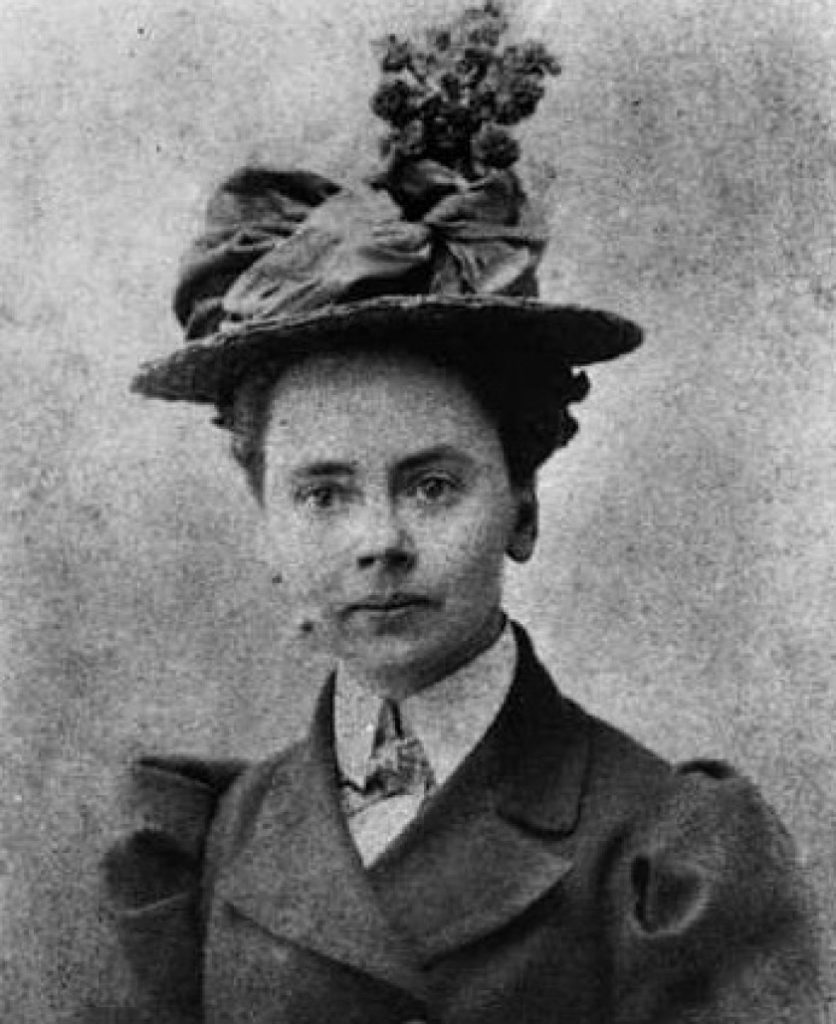The Architect’s Mentor Series – 07 Anish Kapoor
CambridgeSeven Associate Douglas Flandro describes his experience seeing the influential work of his mentor, Anish Kapoor.
CambridgeSeven Associate Douglas Flandro describes his experience seeing the influential work of his mentor, Anish Kapoor.
A New Orleans landmark skyscraper is set for a spring unveiling as a top-of-the-line Four Seasons Hotel and Private Residences.
Our sixth staff-written article for the Architect’s Mentor Series comes from Maddie Burns, AIA regarding the legacy of Denise Scott Brown.
CambridgeSeven President and CEO, Gary Johnson, AIA was recognized for charitable initiatives, along with four other influential local leaders.
Get a sneak preview of the luxurious condos at the new Four Seasons Hotel and Private Residences, New Orleans.
Associate Principal David Wiborg, AIA, was greatly influenced by his long-time mentor, Fernando Domeyko, and still reflects on his teachings.
Chelsea Gazaille’s M.Arch. thesis was guided by the writings of Mohsen Mostafavi to help her complete her thesis about ecological design.
Senior Associate Bert Bremer recalls his travels to Egypt and the inspiration he found at Hassan Fathy’s village of New Gourna.
Our second featured architect’s mentor is the uniquely talented Julia Morgan – an architect who shaped much of California’s character.

Julia Morgan is an architect and one whom I have gained inspiration from. She became the first licensed woman practicing architect in California in 1904, and until she retired at age 79, was prolific on the west coast of America, designing and building some 700 structures. Best known for the complex and heroic Hearst Castle, her better work in my opinion was for the many YWCA’s that she designed throughout California, her bell tower at Mills College, and various structures on the University of California Berkley campus. Trained in the Beaux-Arts, she was a versatile designer and manipulator of many stylistic approaches of her day.

She designed with an intuitive desire to find fresh ideas that evoke a California, or more accurately, a Bay Area aesthetic. While she was trained in the classical, she showed a love for the Arts and Craftsman Movement resulting in successful designs of the large to small including cottages made of wood, and structures of simplistic beauty. She had no fear of larger more demanding commissions. Her designs pioneered the use of concrete structures in California which have proven superior in value for their ability to withstand seismic events. Her designs remain important today as reflected by the award of the AIA Gold Medal in 2014, some 57 years after her death. Her work is worth studying for its complexity of form, use of materials, approach to site planning, and contextual expression.